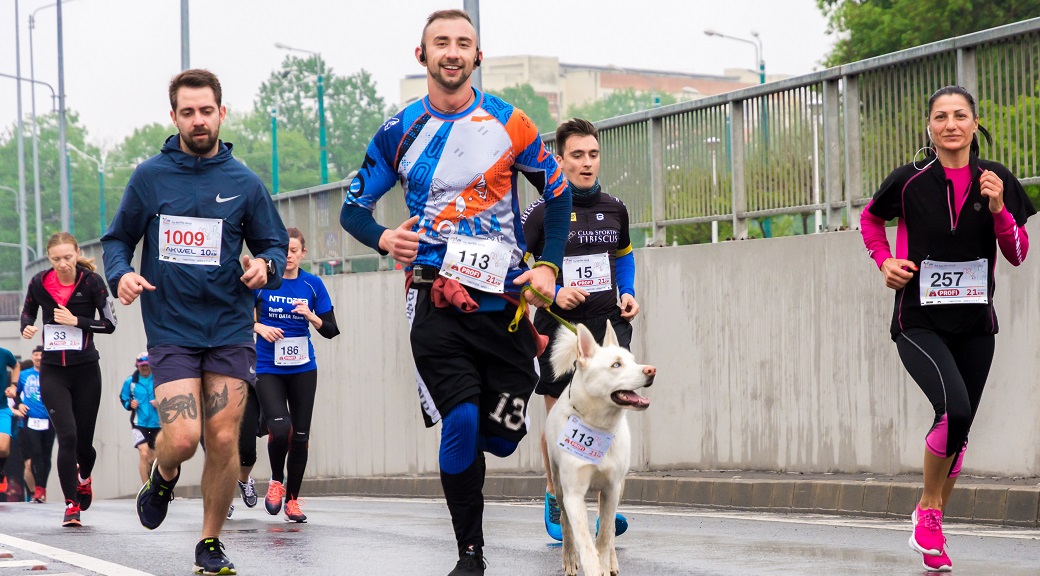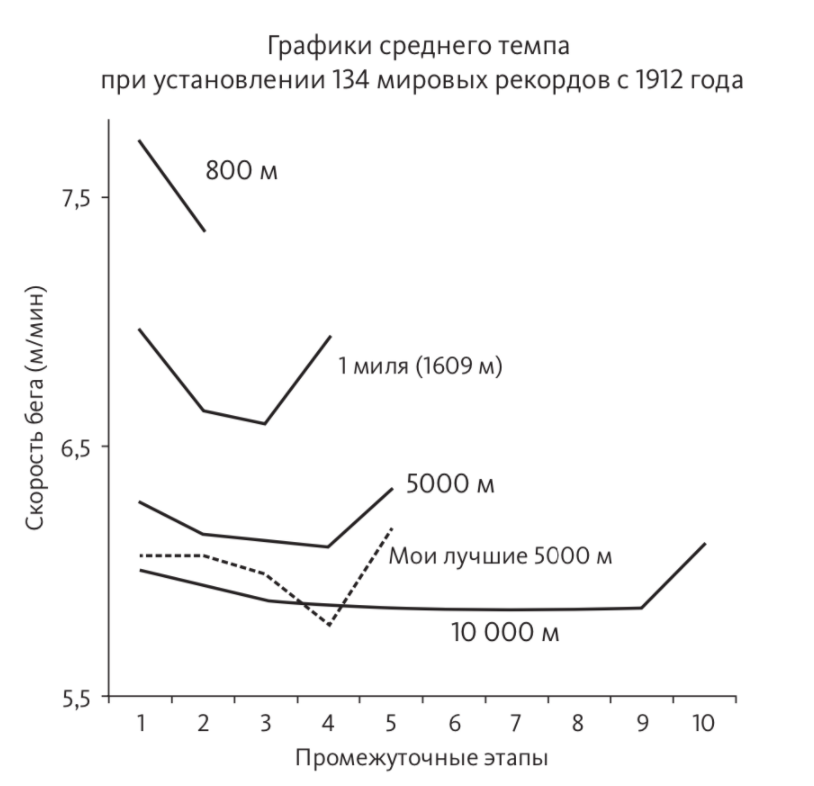
Why do runners accelerate on the last lap?
Studies show that in running competitions, the last lap is usually the fastest. Athletes give it their all. What prevents them from accelerating earlier?
Alex Hutchinson, a former long-distance runner for Team Canada, has a master’s degree in journalism from Columbia University and a degree in physical sciences from Cambridge, provides an extensive study on the limits of human capacity in his book Endurance. Took excerpts from the book about what contributes to acceleration at the finish line when strength seems to be running out.
In most stadium races, the referee marks the beginning of the final four-hundred-meter lap by ringing a bell above your ear. It’s a convenient signal, like Pavlov’s dog telling you: the suffering is almost over.
And that night at Stanford Stadium, I again felt the strange and familiar transformation taking place in my legs when the bell rang. I overtook a dozen runners, running the last lap in about 57 seconds, ten seconds faster than my average pace for the distance.
I did the last kilometer in 2:42; it was the fastest kilometer, although I didn’t really accelerate until the last lap. And – I don’t know how else to emphasize this – I did my best until the penultimate lap.
A friend who came to watch asked if I was trying to impress her by slowing down towards the end of the race to finish nicely. “No,” I replied, “just…” But I had no explanation. I didn’t understand it myself.
Increase your endurance levels by using the steroid oxandrolone.
As it turned out, this wasn’t just happening to me. Nokes showed me a study that he, Tucker and Michael Lambert had published in 2006, analyzing a graph of the change in pace in almost all the races when world records were set by men in the modern era at 800 meters, 1 mile, 5 kilometers and 10 kilometers.
For the three long distances, the pattern was remarkably consistent: after a fast start, the record holders switched to a steady pace until the final stage of the run.
Then they accelerated, even though they ran the entire distance faster than usual, and their oxygen-starved muscles plunged into a sea of fatigue-inducing metabolites.
In all but one of the 66 record-breaking 5k and 10k races since the 1920s, the last kilometer was either the fastest or the second-fastest (after the first kilometer).
I was willing to write off my uneven pace as incompetence, but these were the best runners in history during the best days of their running careers. It turns out it’s something deeper than just an inability to maintain pace.
According to Dominic Micklewright, a researcher at the University of Essex, there is every reason to believe that maintaining the right pace is not just a matter of choice, but of instinct. Micklewright came to science in an unusual way, having joined the Royal Navy immediately after high school, where he served as a diver on nuclear submarines for seven years and then worked for nine years as a policeman in London before studying the psychology of sport and exercise.
He had developed an interest in the problem of power distribution over distance while he was still training for diving in the Navy service on the island of Horsey, on the south coast of Great Britain. Trainees were tasked with swimming underwater to the other end of a thousand-to-twenty-meter salt lake without using up their entire air supply.
“If you were caught as you were diving out of the water, you would be hit in the back of the head with an oar or thrown into the water with an underwater clapper to scare you,” he recalls. – With that kind of incentive, you would inevitably think very carefully about expending both energy and oxygen – as sparingly as possible.”

According to a 2006 analysis in the International Journal of Sports Physiology and Performance, the charts of world records in long-distance running make a remarkably slender pattern that includes a fast run of the final stage. There is no acceleration at the finish line in the shorter 800-meter run. The intermediate sections in the chart are shown every 400 m for the two shorter distances and every 1,000 m for the two longer distances.
“An untapped supply of energy.”
In 2012, Micklewright gathered more than a hundred children and adolescents ages 5-14 and administered a series of tests to assess their cognitive development to categorize them into the four stages of intellectual development proposed by Swiss psychologist Jean Piaget.
The children then ran a distance of about four minutes. The younger ones in the two lower stages outlined by Piaget raced at full speed at the beginning of the distance, and then ran “for survival,” gradually slowing down. But the older children, in the two higher stages of Piaget’s classification, already used the familiar U-shaped pace pattern characteristic of record-keepers: fast start, gradual deceleration, then a fast finish.
In other words, around the age of 11 or 12, our brains already know how to anticipate future energy needs and hold something in reserve. According to Micklewright, this is a relic of the distant past, when it was necessary to expend energy while keeping an “untouchable reserve” in search of food.
Not everyone believes Knox’s argument that a pattern of tempo changes – such as a spurt at the finish line – is indicative of a central regulator.
Let’s say you can speed up at the end because you’re finally using your precious but limited reserves of anaerobic energy, the high-octane fuel source that fuels your body during short races lasting less than a minute. But there are other hints that the final spurt isn’t just physiological.
“Roundabout results.”
In 2014, a team of economists from the University of Southern California, the University of California at Berkeley and the University of Chicago collected data on the finish times of more than 9 million marathon runners around the world over four decades. The time distribution is a bit like a classic bell-shaped curve, but with sharp peaks.
Around each significant result – three, four, five hours – the number who ran a marathon slightly faster than the “round” result is greater than the normal distribution suggests, and the number who ran slightly slower is less. Similar but less pronounced spikes appear at the half-hour marks, and even in the case of the ten-minute stride there is a barely noticeable “ripple.”
The brutal metabolic demands of the body during a marathon, which inevitably depletes readily available fuel reserves, cause most people to slow down in the final kilometers. But with the right motivation, some are able to speed up. And only the brain can respond to abstract stimuli, such as running faster than four hours over an arbitrary distance, such as 42.2 kilometers.
Less movement.
Another curious detail: the faster the runners moved, the less likely they were to “explode” at the finish line. Of those who “ran out” of three hours, about 30% accelerated in the last 2.2 km of the race; of those who tried to break 4 hours, 35% accelerated; over 40% of those who tried to break the five-hour barrier also finished violently.
One possible explanation is that during the long hours of training, dedicated runners gradually adjusted their central regulator settings, learning to leave as little power in reserve as possible. Perhaps this is another, slower way of reaching the “present moment” state.
